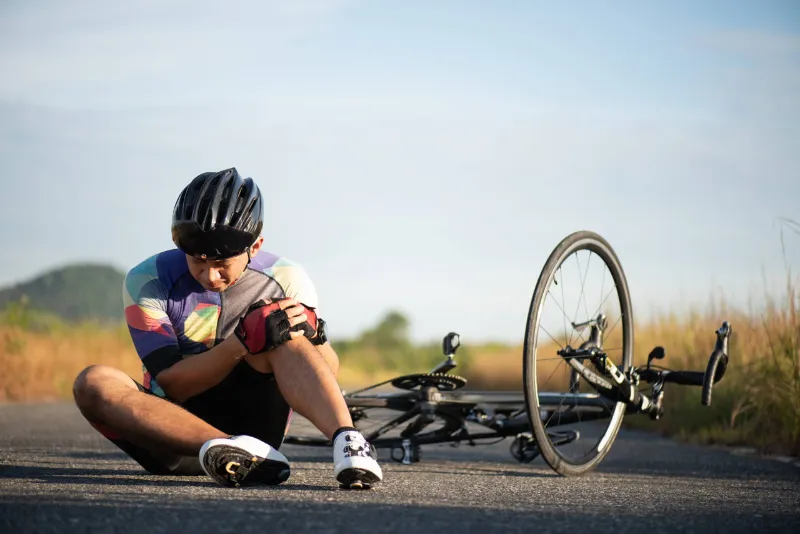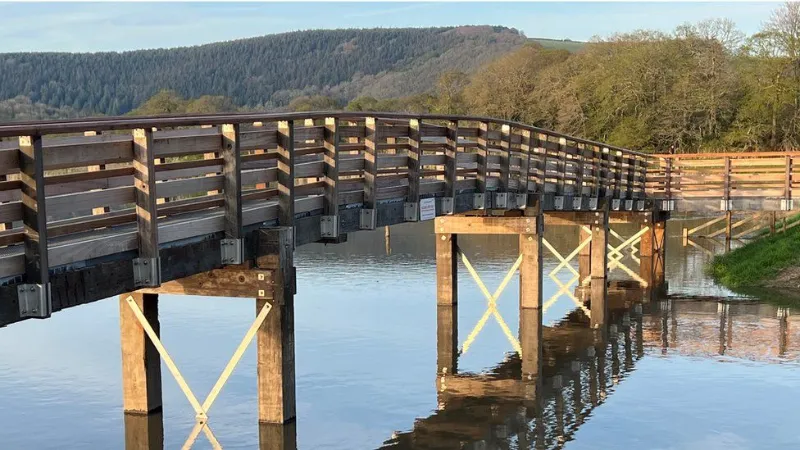My last post arguing that groups of cyclists have an ethical entitlement to ride 2 abreast, or indeed take up the whole road the way cars do, got a few thousand hits in a few days. It’s a hot topic, clearly—not in all countries, certainly not Holland, but definitely hot in countries where many cyclists find themselves forced to gather in numbers too large to be slaughtered and have it look accidental. Woopsie :0
Critical mass, bike buses, and bunch rides are just different responses to the same dilemma: politicians receive donations from car and oil corporations. What is the problem with that? Well, those donations come with strings attached. Politicians must uphold traffic policies to dispense with anyone trying to get a free ride. Either we will be scared off from trying to use the road without paying, or we will be killed. That is the deal. Be using petrol and cars, or be run down.

The electrician, nurse, school teacher, or whoever it is who is saying, “make them all ride single file”, beneath any online article that mentions cyclists… well, this person is not trying to get a free ride. He or she is fully paid up. Their city leaders have neglected longstanding calls to build affordable housing to help them—the working poor—live close to their workplace, so they have paid for the house out in car land. They are paying again now with commuting daily, through thickening traffic, thickening waistlines, and deepening debt. We’re all to blame that these people are time bombs.
But let’s just stick to our immediate problem, the bunch ride. How can we reduce the volatility of this issue so every online discussion in any way related to cycling doesn’t turn into another debate about bunch rides?
There are bike advocates around who would say that any kind of sportive or recreational cycling that takes the conversation away from bike transport would be better off banned for that reason. Don’t worry. I’m not one of those. I think of the car industry and how it would be broken if it did not support motorsports. Car companies are smart, though. They sponsor car racing and put sporty and recreational features into everyday cars. They select go-nowhere roads that hug coastal cliffs for their commercials. They have taken over the world with their products by selling them as leisure devices.
If it works for them to sell the idea of cruising around town in a convertible, it will work for us to sell the idea of riding upright past all the cafes on omafietsen. If it works for them to sell the idea of getting out of town in a sports car, it will work for us to sell the idea of escaping the city on sports bikes. And that’s what bunch rides are all about.

It’s also where bunch rides are non-problematic. You rarely hear of conflicts between bunch riders and drivers on farm roads or up in the mountains. Most of the conflict occurs on roads leading out of our cities, and groups of cyclists would rather not be riding on anyway. (I’ve resorted to taking my bike in the car to get beyond the metropolitan zone to go for a ride. I drive at the speed I would be riding and take the whole lane).
Guys, we need a separate bike infrastructure from the center to the city’s edge. That could be a network of quiet back streets, wide and sealed river-front trails, cycleways along former rail corridors, or separate cycle tracks beside roads as the Dutch and the Danish are famous for building. The latest vision for London (that we wrote about for The Conversation) is a network of elevated cycleways above all the rail lines.

In cities where there isn’t a lot of bike use for transport, regular bunch-riders are the people politicians listen to on bike planning matters. You might lead a shop ride, or organize bicycle user group (BUG) rides, or be well respected in the club racing scene. I’m appealing to you to use your influence in your community to steer conversations about bicycling safety in a constructive direction. Things like the meter-matters campaign are worth supporting, but if you’ve thought about laws that only punish behavior, they’re just moving deckchairs on the Titanic.
A few days after Christmas, a young guy from my suburb was killed cycling on the highway heading from town. The driver wasn’t paying attention—a worsening problem for which no one in the world has yet found a good answer.

But while everyone has been looking for someone to blame, I have been looking at maps. The highway where he was killed runs parallel to a river, the banks of which are all public land. A two-way bike path adjoining a walking trail would serve tourists, walkers, bird lovers, joggers, and bike commuters, and most pressingly, give large groups of cyclists a safe way to the edge of the metropolitan area where they can start with their bunch rides. They would also have a tranquil path back for their warm-downs. (I can hear your mumblings about dangerous, fast packs. It’s been dealt with elsewhere with good design and an occasional cop on a bike.)

What can any of us do about the rising death toll for cyclists? I think it’s important first to get a handle on the history, how Northern Europe went one way with their bike planning policy and how their way has worked, and how the rest of the world took another policy direction that we can see now is deadly and deters most people from cycling at all. Here is a summary.
Next, you can take an interest in biking initiatives around the world that are politically feasible in your city—given most voters there only care about cars. If Minneapolis can do something like this, surely your city can build some decent-width greenways:
Picking up a copy of Cycle Space on Amazon sure wouldn’t hurt. As funny as BikeSnob but with something to say — the publishers never listened when I said that should be the title. I swear they’d have gone to a second print run by now!
After that, though, you have to get your tires dirty. You have to explore local waterways and rail easements and cross-check on google maps. In the cities I’ve lived in, the bike user groups (NCM and TBUG) have already mapped many alternative easements. Then you’ll need artists’ impressions; find some student architects and buy them beer. Take these to your local big-bellied politicians. Use your standing among other cyclists to let it be known you have backers. Call your local newspaper.

